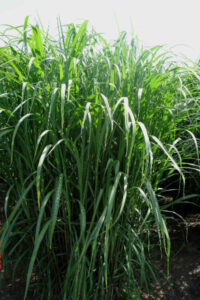Propagation of miscanthus
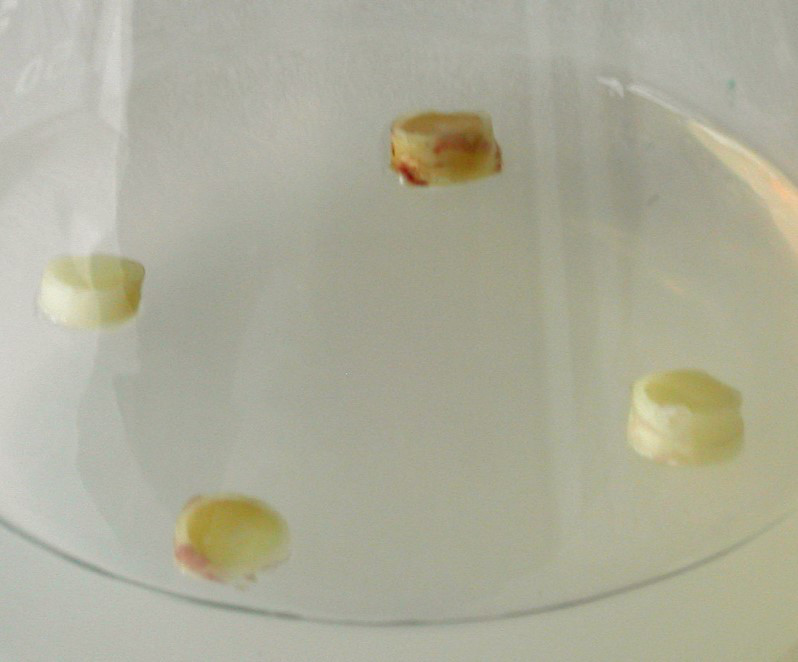
Propagation of miscanthus by in vitro technique
All phases of the in vitro production proceed in sterile laboratory conditions, strictly controlled temperature, on special media containing optimal components for the growth and micropropagation of high quality plantlets.
Phase 1
Propagation in vitro starts from the selection of donor plant that shows outstanding biological features (high biomass yield, excellent tolerance to low temperatures, excellent physiological and health characteristics). Fragments of plant organs, called “explants”, such as stems, rhizomes or flowers are surface-sterilized and placed on media containing several compounds, which stimulate the formation of new shoots. Plant hormones, which are added to the media, stimulate the formation of new shoots on the surface of explants. This step usually requires 6-10 weeks since the in vitro culture has been initiated.
Phase 2
Single shoots are then separated from the bigger “clumps” and are transferred to fresh media that again induce shoot proliferation during next 4-6 weeks. This treatment results in the formation of 4-12 new shoots from the single one.
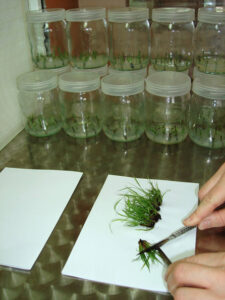
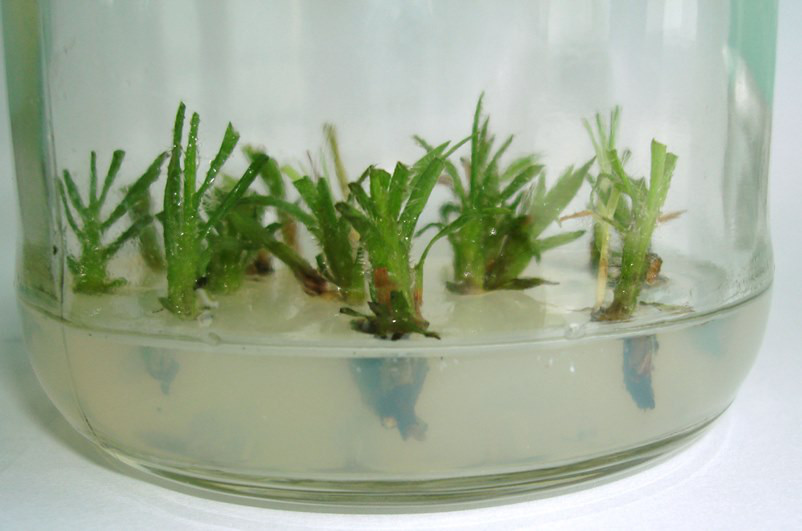
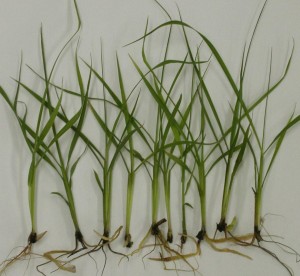
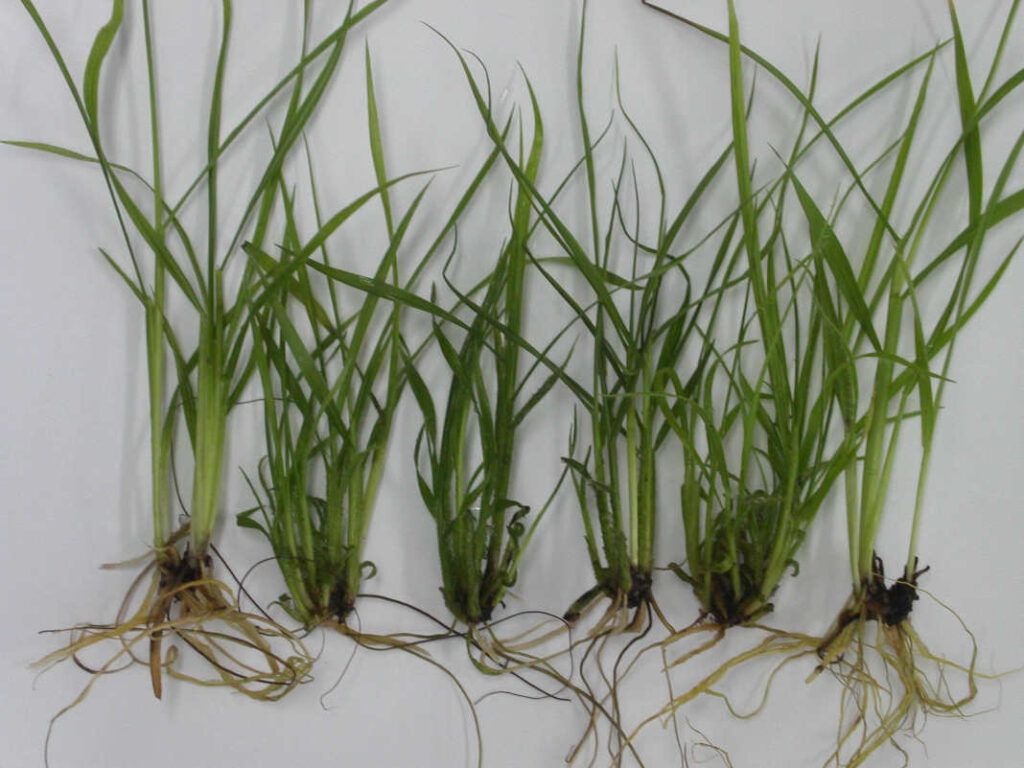
Phase 3
After multiple micropropagation step, the final “clumps” are cut again in a way to obtain single-, double- or multishoots structures that are transferred to media supplemented with plants hormones responsible for root formation.
Phase 4
The rooted plantlets are transferred from the laboratory to multi-cell plugtrays with soil and are placed in the greenhouse where acclimatization to external conditions takes place. During next 4-6 weeks the number of shoots significantly increases.
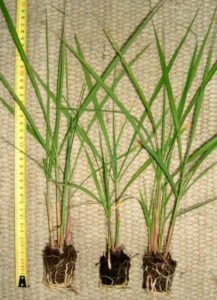
Phase 5
From multi-cell plugtrays the plants are transferred to the field in May-June. In the first year of growth, they produce 30-40 shoots and achieve the height of 50-80 cm, depending on the soil and climatic conditions. In the second year they grow up to 150-200 cm, and in the third year – up to 300-350 cm.
